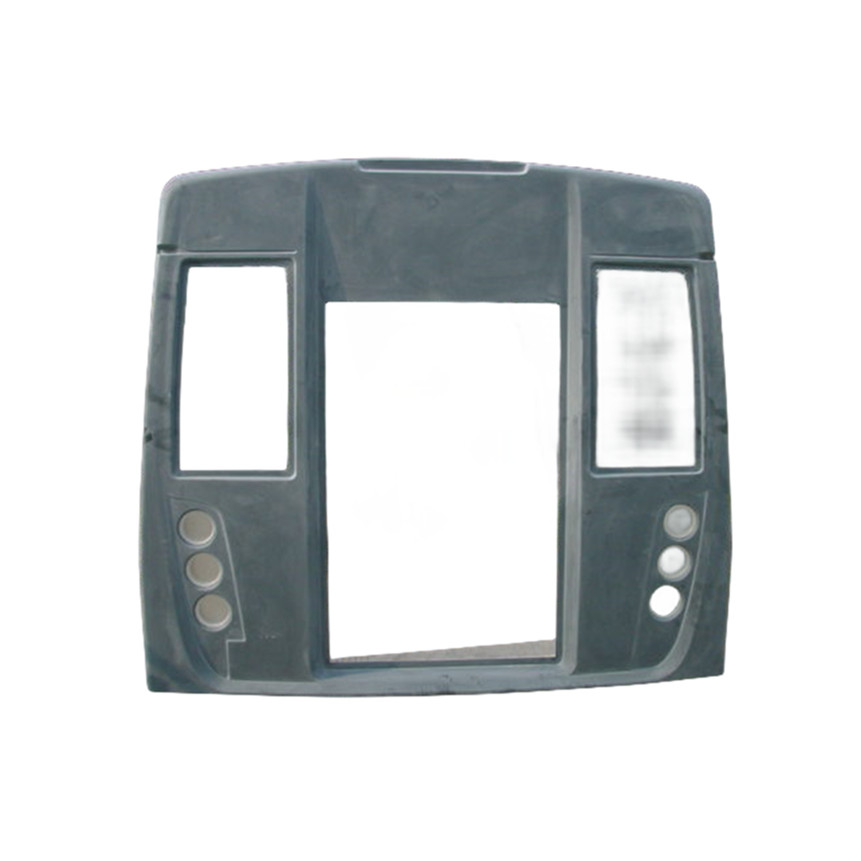fiberglass air conditioner cover for bus
The application of fiberglass air conditioners for buses is crucial for providing a comfortable and controlled environment within the bus interior. Some common applications for fiberglass air conditioners in buses include:
- Public Transit: Fiberglass air conditioners are essential for public transit buses, ensuring that passengers experience a comfortable and temperature-regulated environment during their commutes, regardless of external weather conditions.
- Coach and Tourist Buses: These air conditioners are utilized in coach and tourist buses to enhance the travel experience for passengers, providing a pleasant and climate-controlled atmosphere during long journeys.
- School Buses: Fiberglass air conditioners are increasingly being installed in school buses to ensure a comfortable and safe environment for students, especially during hot weather, contributing to a more pleasant and conducive atmosphere for learning.
- Shuttle and Commuter Buses: Shuttle and commuter buses rely on fiberglass air conditioners to offer a comfortable and enjoyable travel experience for passengers, particularly during peak travel times and in urban environments.
- Specialized Transportation: Fiberglass air conditioners are also used in specialized buses for purposes such as medical transport, ensuring a controlled and comfortable environment for patients and medical staff.
Overall, the application of fiberglass air conditioners for buses is essential for providing a comfortable and regulated climate within the bus interior, contributing to a positive passenger experience and meeting the demands of various transportation needs.
✧ Product Drawing
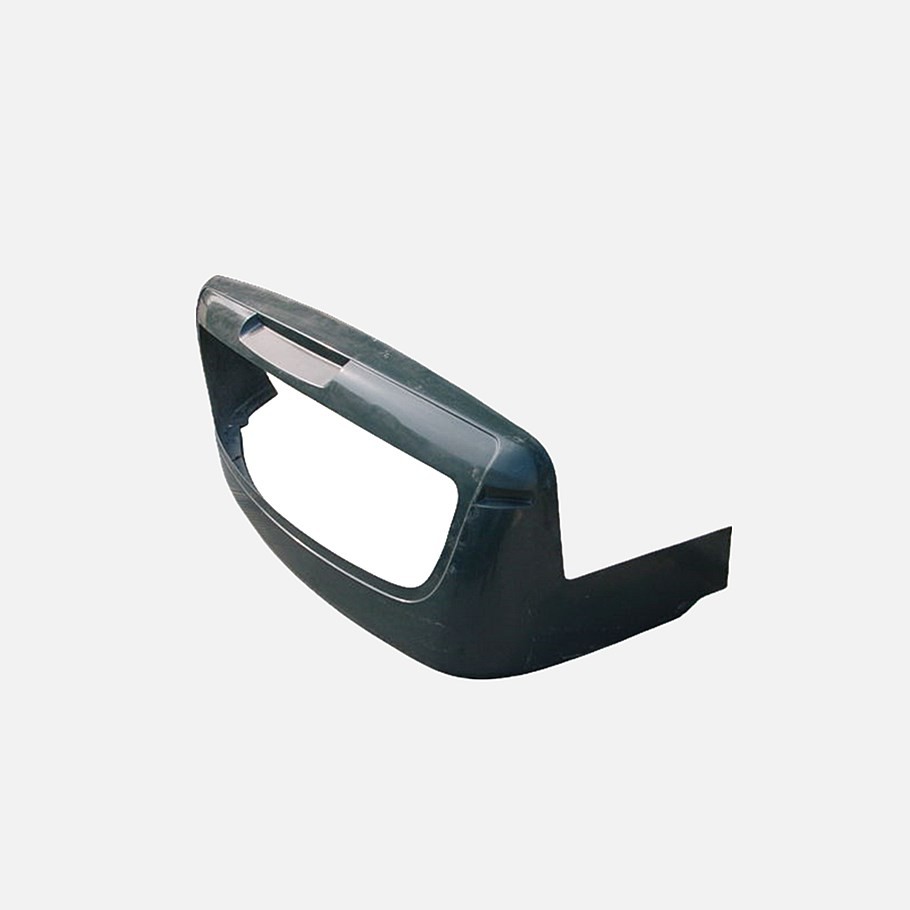
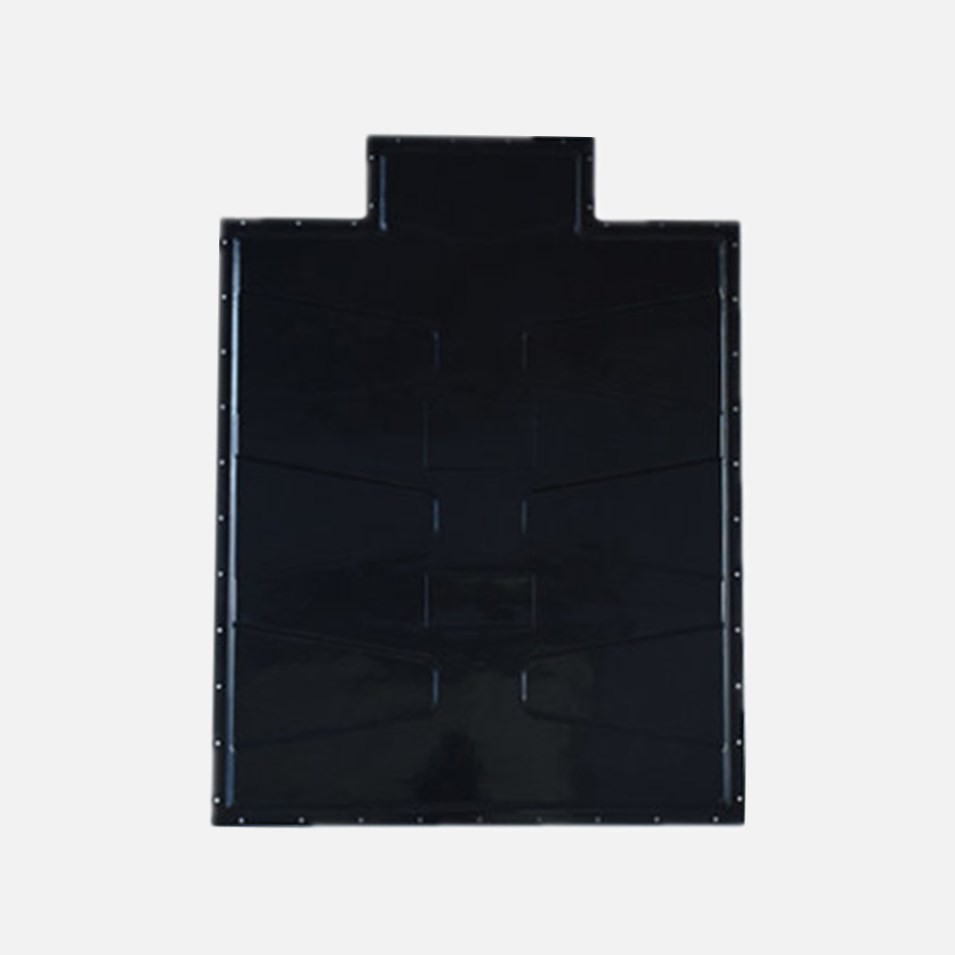
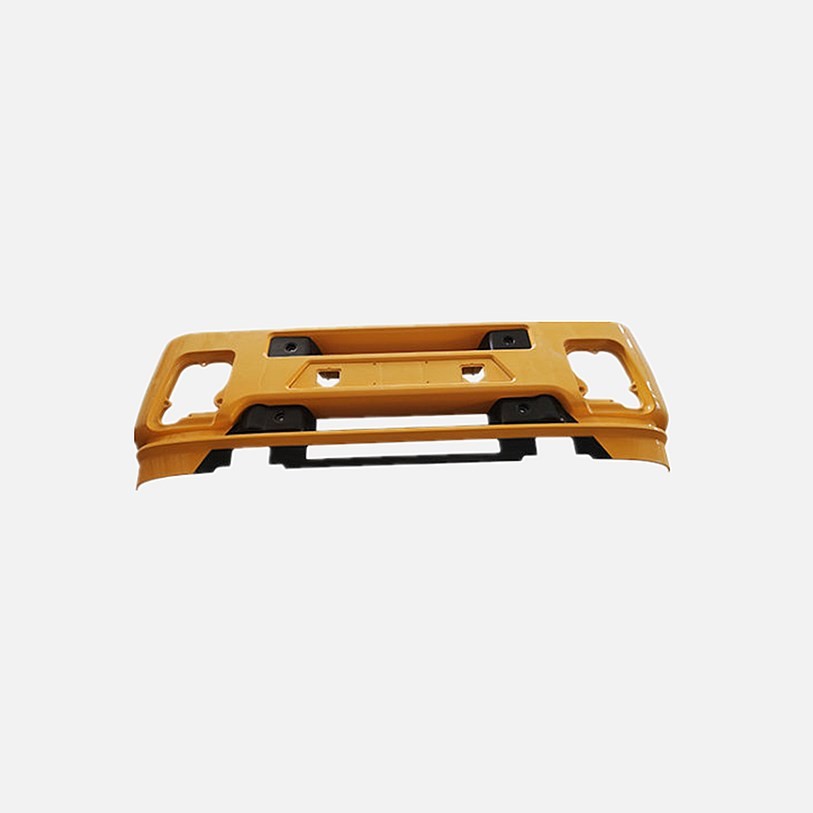
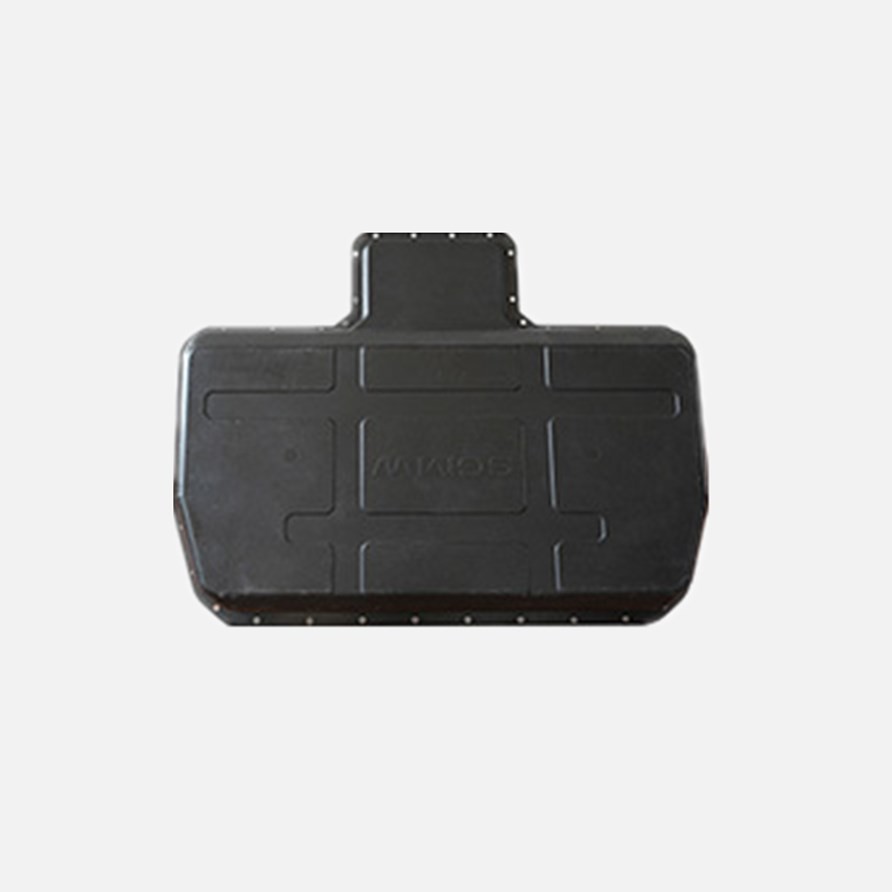
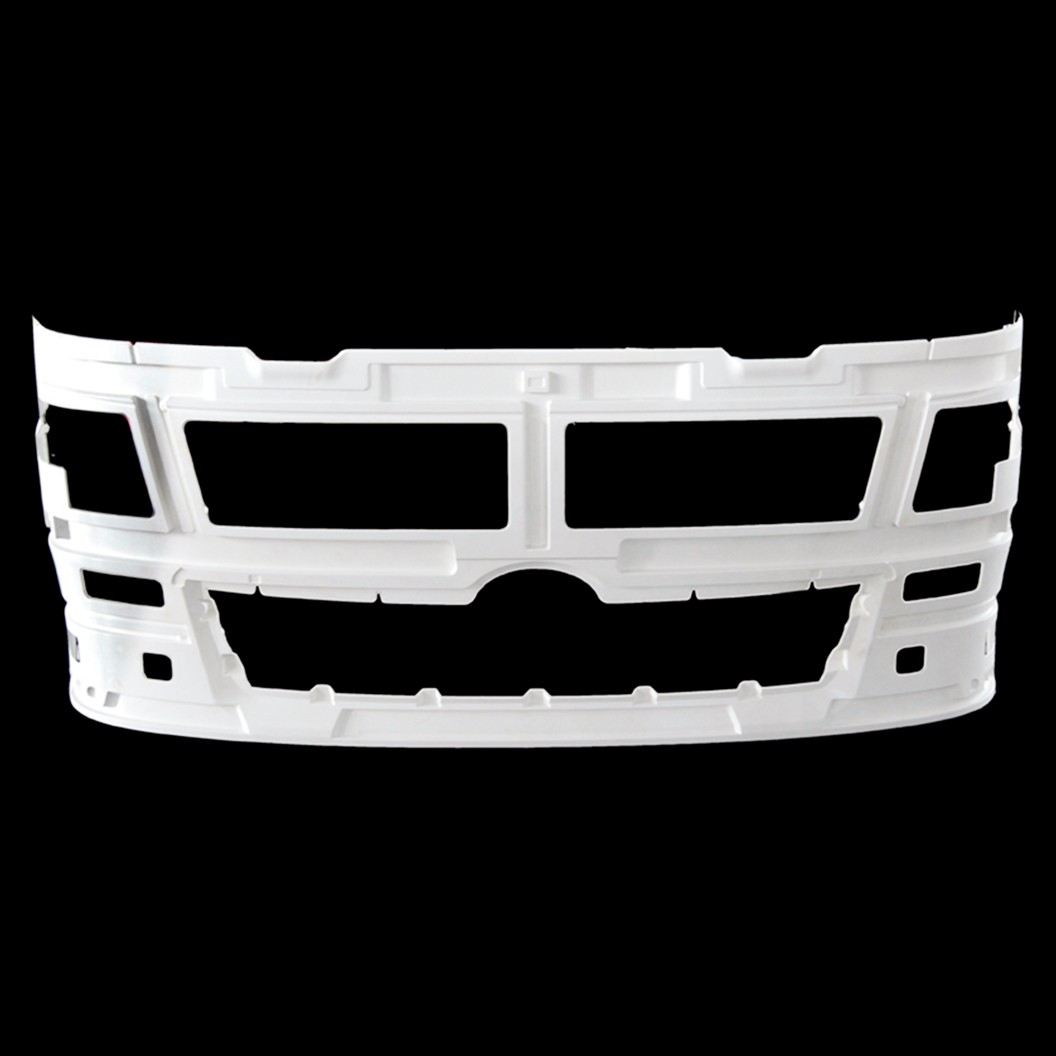
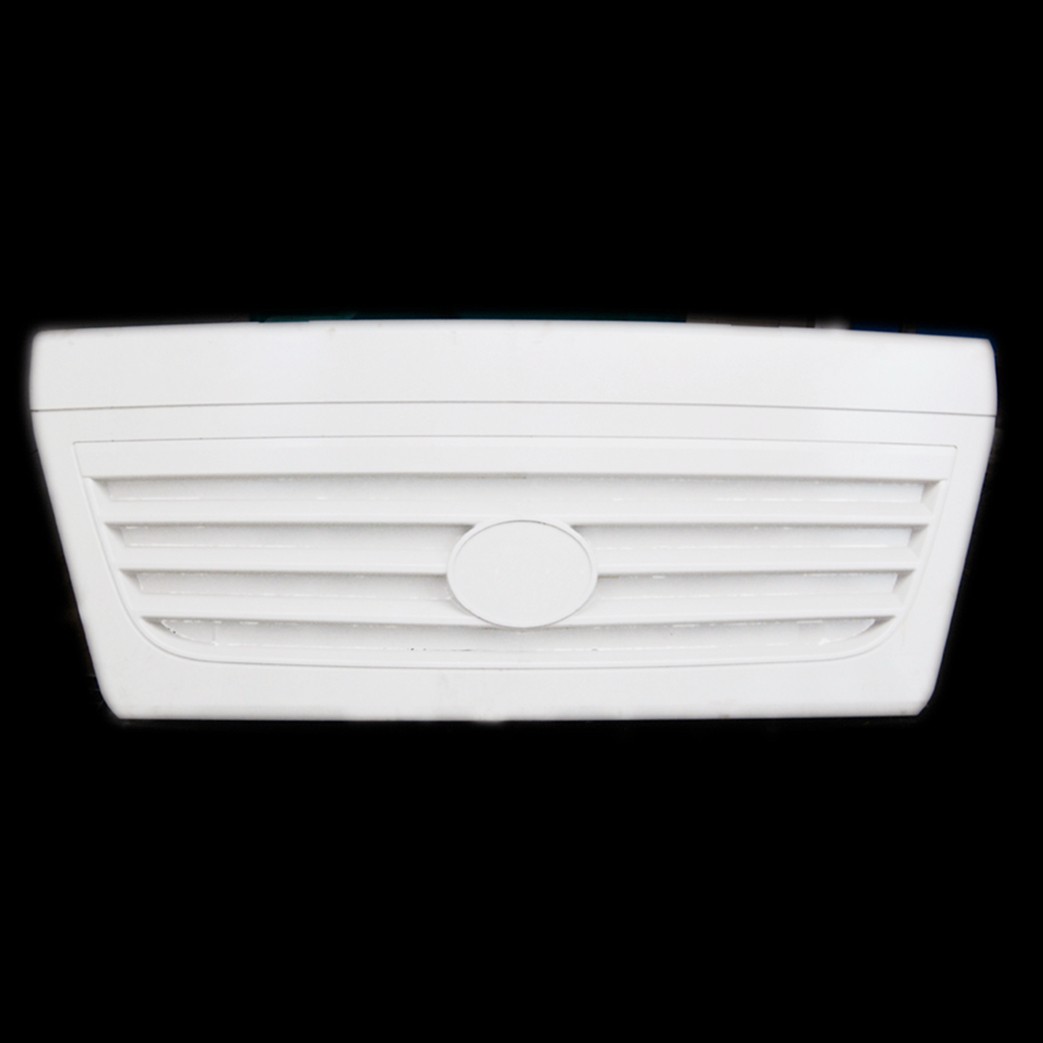
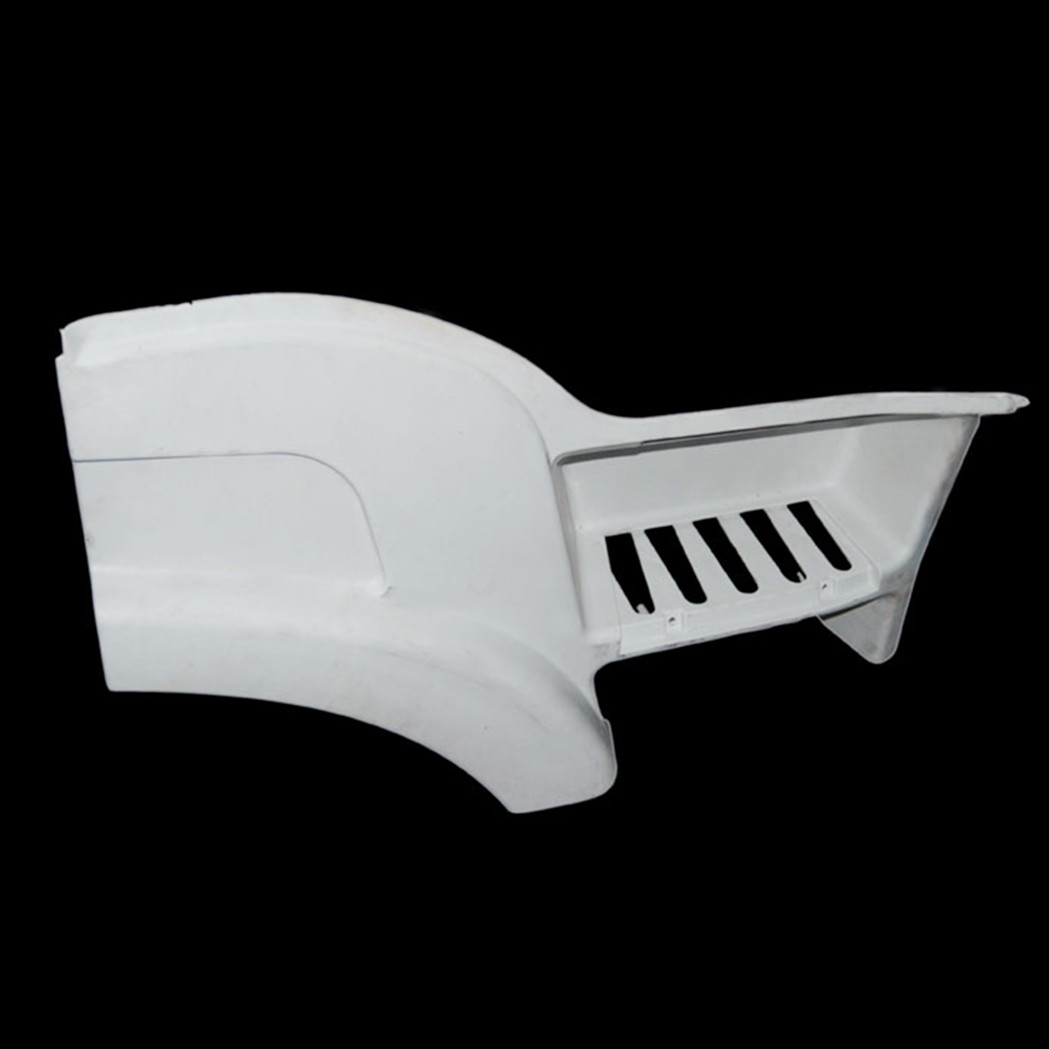
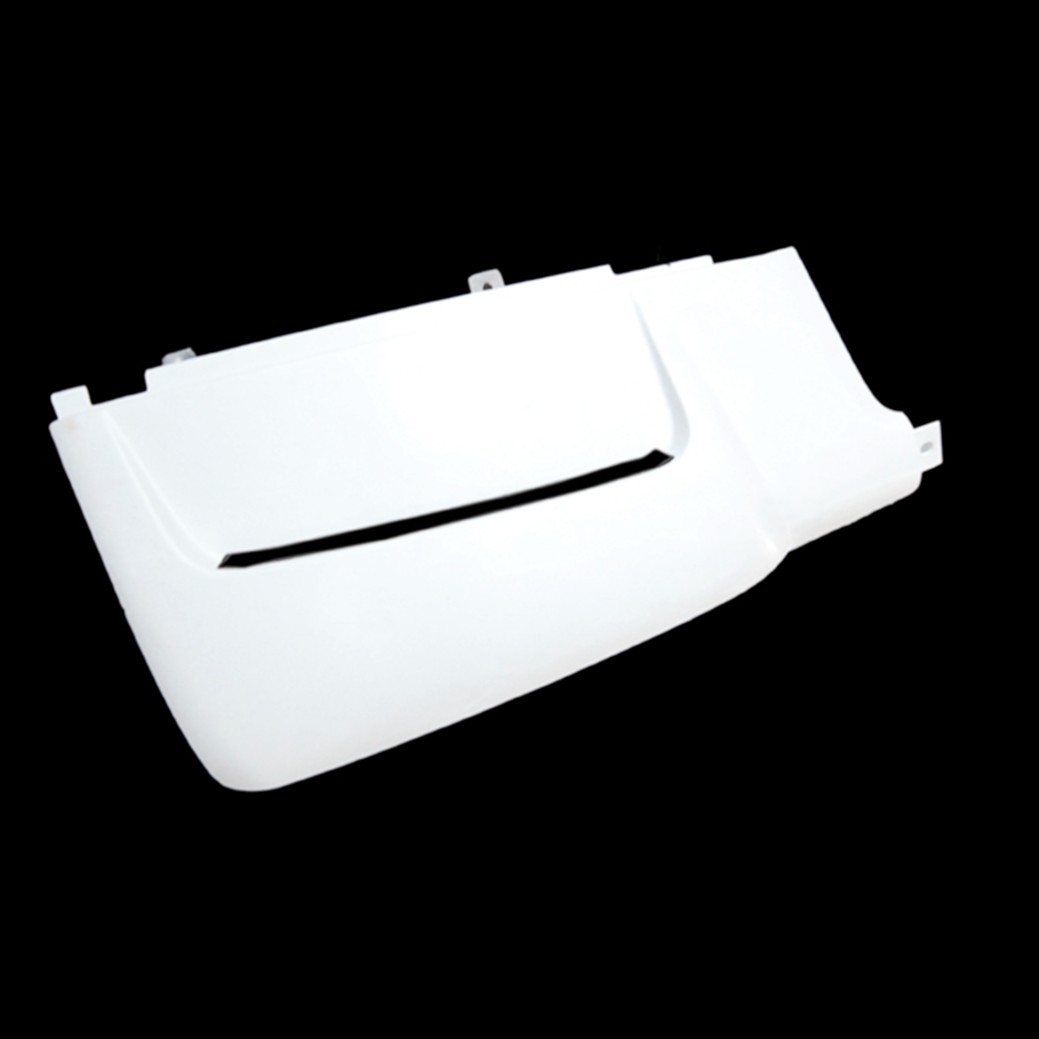
✧ Features
The advantages of fiberglass products in automotive applications mainly focus on lightweight, corrosion resistance, insulation performance, noise reduction performance, ease of processing and manufacturing, cost advantages and recyclability.

